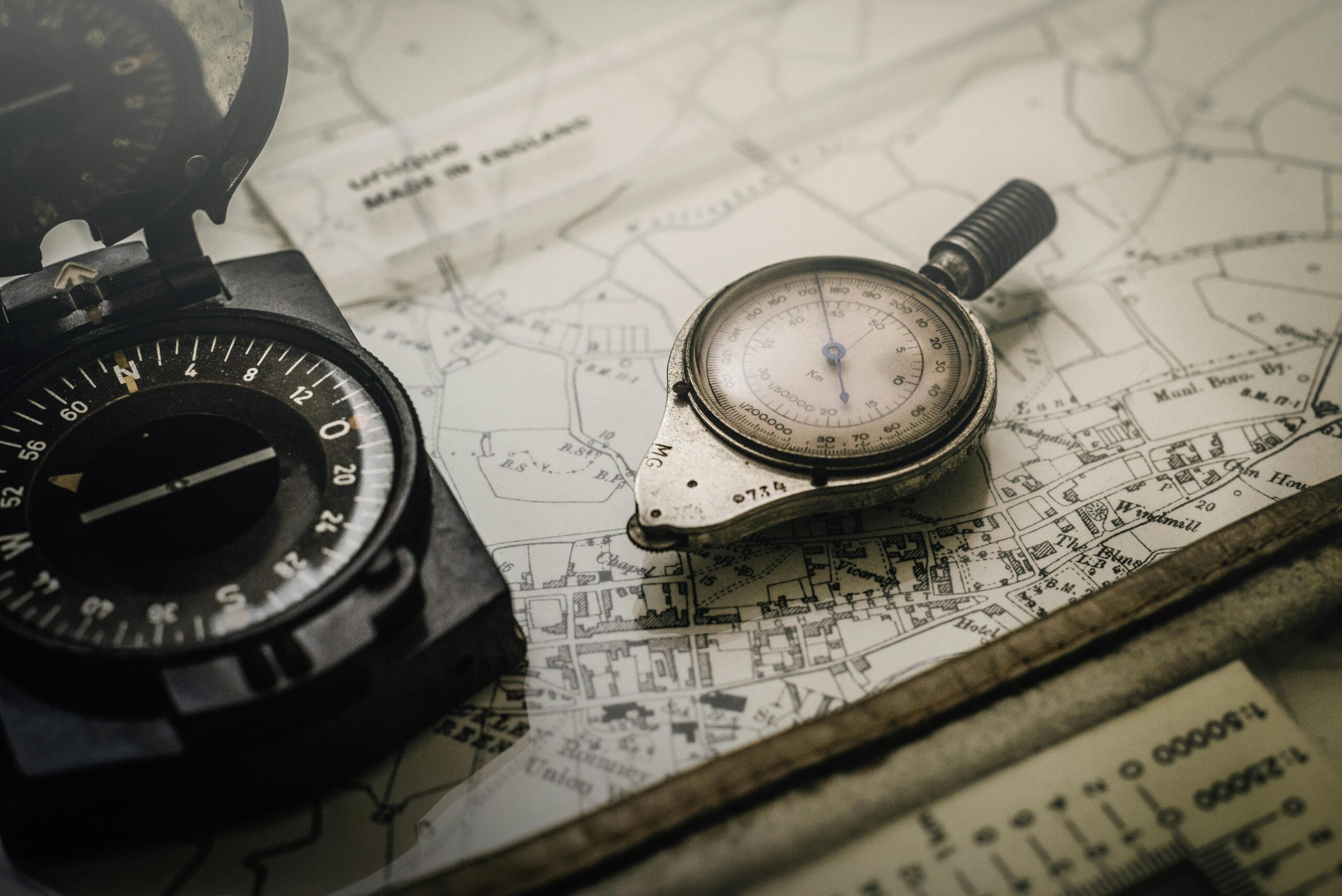How We Use Clickthrough Rate as a Compass for Website Strategy

Not All Clicks Are Created Equal
Clickthrough Rate (CTR) gets a weird reputation. In some corners, it’s treated like a vanity metric—something marketers brag about in dashboards but can’t tie to outcomes. In others, it’s obsessively chased—”We raised CTR by 0.5%!”—without asking why it went up or what it means for the business.
At CrowToes, we take a different view.
CTR isn’t the goal. It’s the compass. It tells us where attention meets intent. Where messaging resonates—and where it falls flat. It helps us prioritize what to test, what to amplify, and what to let go. When used well, CTR is one of the most reliable signals you can use to guide your website strategy.
What Clickthrough Rate Actually Tells You
When we measure CTR, we’re not just looking for a number to beat. We’re reading patterns in behavior.
Here’s what those patterns tell us:
High Impressions, Low Clicks
Something’s off.
The CTA is being seen, but it’s not compelling. Maybe the copy’s unclear. Maybe the offer isn’t aligned with the page. Maybe the design is blending into the background. This is a signal to revise—not replace.
Low Impressions, High Clicks
You’ve got a hidden winner.
If a CTA is barely seen but performs well when it is, you’re sitting on an opportunity. This is a candidate for promotion—better placement, broader exposure, maybe even use on higher-traffic content.
Click Patterns Over Time
Are people responding to urgency, imagery, positioning?
Sometimes a new CTA doesn’t outperform the old one because it’s better—it outperforms because it fits now. When click patterns shift, we ask what changed: traffic source? seasonality? content mood? CTR isn’t a scoreboard. It’s a feedback loop.
Where We Measure CTR (And Why)
You can’t use CTR to steer your strategy if you’re not tracking the right pieces. That’s why every CrowToes rebuild comes with event-level CTA tracking baked in.
Here’s what we measure (and why it matters):
CTA Views → Clicks
We measure this by:
- Blog category
- Offer type
- CTA format (inline, sidebar, popup, etc.)
- Page placement
- Button text, image, and style
This helps us compare not just “did someone click” but what kind of offer, where, and how.
Form Starts → Completions
A great CTA can drive tons of clicks—but if no one finishes the form, something’s broken. Tracking dropoff between intent (click) and commitment (submit) helps us isolate the friction.
Blog Post CTR by CTA Type
This tells us which types of content drive high engagement—and helps us test different messages by topic.
Popup CTR by Trigger Type
We compare:
- Exit intent
- Scroll-based
- Time-delay
- Entry-triggered
Different content supports different behaviors. CTR helps us dial in the timing and trigger logic.
IV. How We Use CTR to Drive Strategy
Once we’re collecting meaningful CTR data, we use it to shape real business decisions—not just tweak buttons.
Here’s how we put it into action:
Identify High-Performing Messages to Scale
If a CTA in the “Well Water” category is consistently pulling high clickthroughs with a specific offer or phrase, we ask: Can this message apply to other categories?
We don’t guess—we duplicate, adapt, and measure.
Spot Underperformers Worth Rebuilding
When a CTA gets solid impressions but poor engagement, we don’t just delete it—we ask:
- Is the copy unclear?
- Is the image distracting?
- Is the offer too early in the funnel?
- Is the placement wrong?
Often, a small change turns a loser into a learner.
Prioritize Tests Based on Opportunity Gaps
We combine CTR with traffic data to spot high-impact opportunities.
For example:
- A blog category with 8,000 monthly visits and a 0.3% CTA CTR?
→ High priority for testing. - A post with low traffic but 3.2% CTR?
→ Candidate for promotion or internal linking.
This helps our clients move fast, with focus—not waste time optimizing what doesn’t matter.
Catch False Positives Before They Waste Budget
Here’s where CRO + dev perspective really matters:
We’ve seen CTAs with a 5%+ CTR that drove zero CRM conversions.
Why?
Because the copy was strong, but the backend form didn’t match expectations. Or the traffic wasn’t ready. Or the button promised one thing, but the next page delivered another.
CTR opens the door. But it takes the right system to walk the user through it.
Real Examples: Turning CTR Into Strategy
Here are a few insights we’ve uncovered by treating CTR like a compass:
Popup Timing Makes or Breaks Engagement
For a client with time-delay vs. exit-intent popups, time-delayed offers (shown after 45–60s) had up to 30% higher CTR on blog posts—especially in educational content.
Result: We shifted the default timing logic and improved conversions site-wide.
Not All High-CTR Posts Have High Traffic
One client had a post with only 600 monthly visits—but a 4.8% CTA clickthrough rate. It was an overlooked, high-intent gem.
Result: We promoted it in the sidebar across relevant posts and added internal links. Leads tripled in that content cluster.
Visual Design Changes Lifted CTR 2x
Swapping a CTA’s image from a technical product shot to a clean photo of clear water doubled clickthroughs on a “Whole House Filters” campaign.
Result: We applied this design pattern to other CTAs with similar offers—and saw consistent gains.
Wrap-Up: Don’t Chase Clicks—Learn From Them
Clickthrough rate isn’t your final metric. It’s your early signal. A way of listening to what your users are almost ready to do.
If you ignore it, you fly blind. If you chase it without context, you optimize for vanity. But if you use it wisely—it can shape everything from offer strategy to content design.
At CrowToes, we build systems that don’t just track clicks.
They learn from them.
And the smartest websites aren’t just fast—they’re responsive to behavior.
Book a Discovery Call to See What Your Site Is Trying to Tell You


